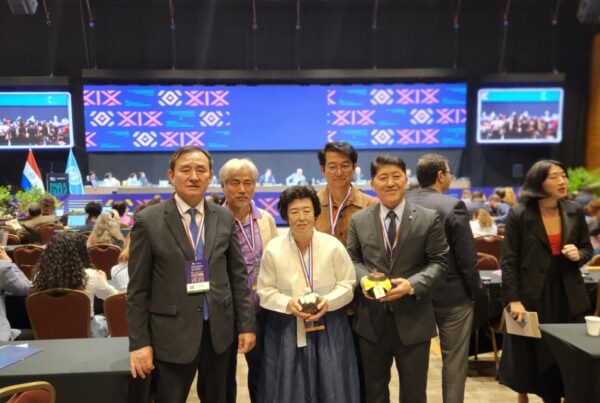Opening the Doors to a New Beginning
Originally built in 1945, Manisanbang has stood as a silent witness to the passage of time. In 2024, it was lovingly restored and reborn, carrying the spirit of its origins into a new era. On October 3, under the vast autumn sky, the doors of Manisanbang opened once more. This was not just any day—it was Korea’s National Foundation Day, a time when the heavens are said to have opened, and a sacred ceremony has been performed at the Chamseongdan altar on Manisan for generations. It was only fitting that on this auspicious day, Manisanbang welcomed its first guests, marking the beginning of a new chapter in its timeless story.
The entrance stood wide, inviting the gentle autumn breeze to sweep through the wooden beams and paper doors. Villagers, friends, and artisans who had dedicated their hands and hearts to this home gathered in celebration. The air was filled with quiet reverence and joyful anticipation—an ancient tradition brought to life once more.

A Ceremony Rooted in Blessings
As in the days of old, a traditional “GoSa” ritual was held to bless the house and its future inhabitants. On the offering table, a symbolic pig’s head promised prosperity, a skein of silk thread signified longevity, and red bean rice cakes warded off misfortune. Each element carried meaning, woven into the ceremony like the beams of the hanok itself.
Children’s laughter echoed through the courtyard, filling the space with a sense of warmth and continuity. It was easy to imagine these same children, years from now, returning as adults, still feeling the embrace of the home that had once sheltered their younger selves. A hanok is not merely a building—it is a living, breathing presence that grows with its people, carrying their stories through generations.
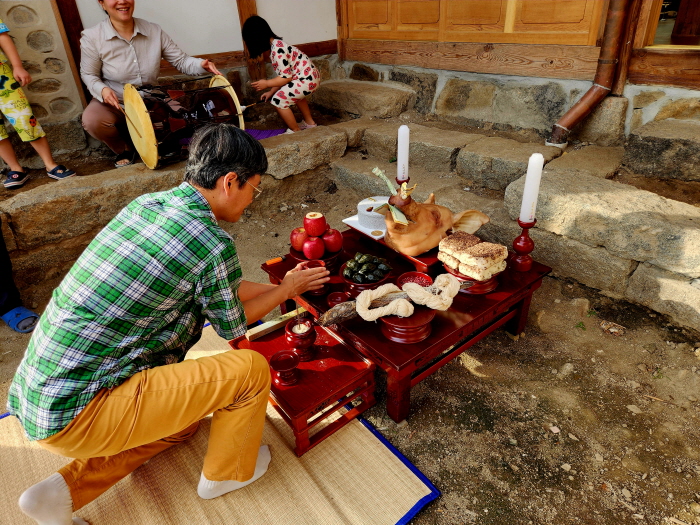
A Feast for the Senses
No celebration is complete without a shared meal, and the offerings at Manisanbang’s iptaeksik were a testament to the generosity and care of those who contributed. Freshly steamed ssuk songpyeon and nutty injeolmi from Onsu Mill, a bottle of fine makgeolli from Geumpung Brewery, and a delicate black sesame cake from Woot Woot—each dish a piece of Korea’s culinary heritage, each bite a bridge between past and present.
As guests sat on the veranda, sipping warm tea and watching the sunlight dance upon the wooden floorboards, time seemed to slow. The city, with all its noise and haste, felt like a distant memory. Here, only the rustling of autumn leaves and the quiet murmur of conversation remained.
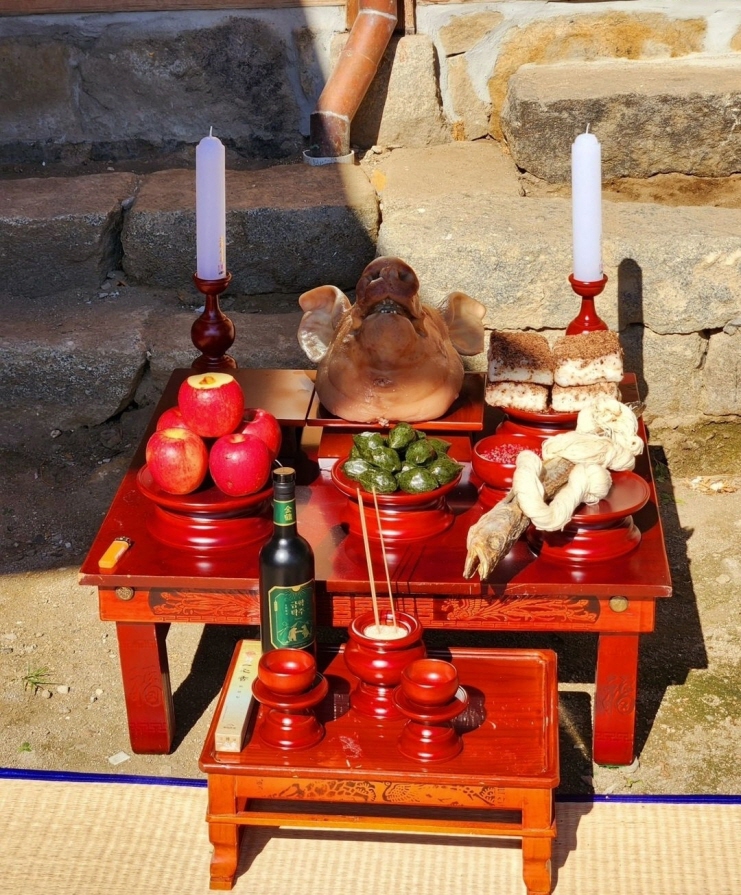
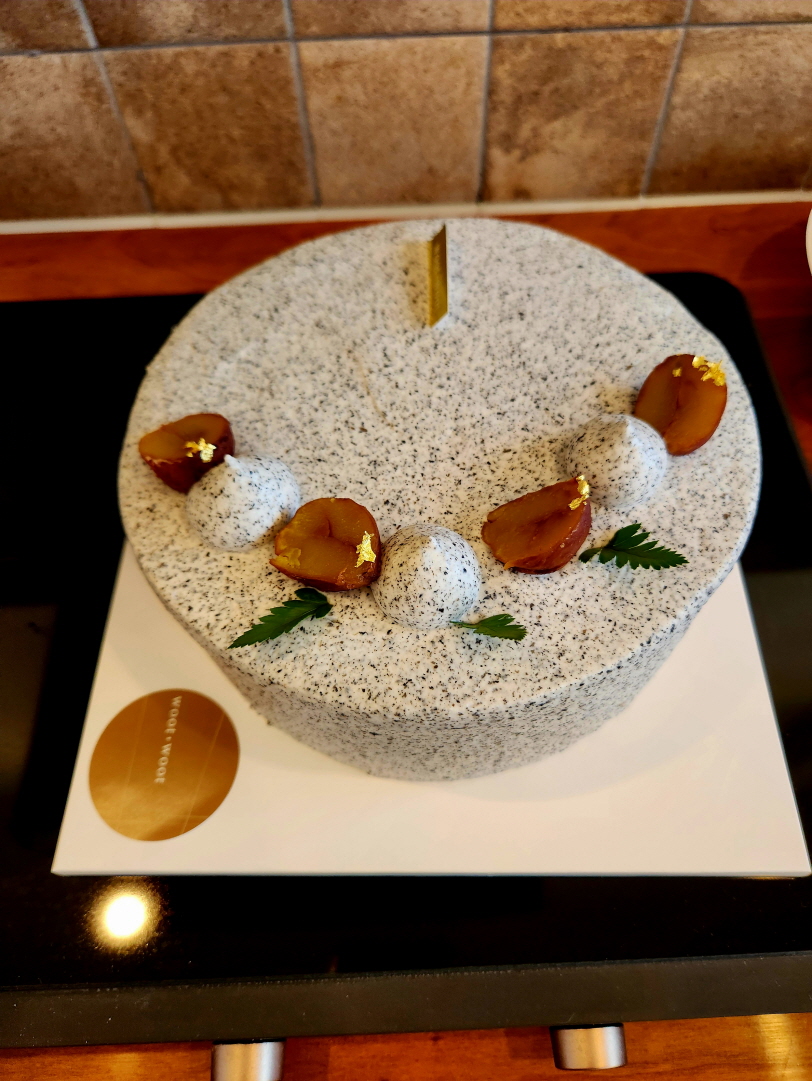
A Home Built by Many Hands
A hanok is never built alone. Every beam, every stone, and every paper-paneled door carries the labor and love of those who shaped it. Manisanbang exists because of them—the artisans who carved and crafted, the friends who encouraged, and the visitors who will soon step through its doors.
As twilight fell, a final toast was raised. To Manisanbang. To the hands that built it, the hearts that blessed it, and the countless stories yet to unfold within its walls. More than a house, it is a place of return—a home that welcomes all who seek stillness, warmth, and the quiet wisdom of tradition.
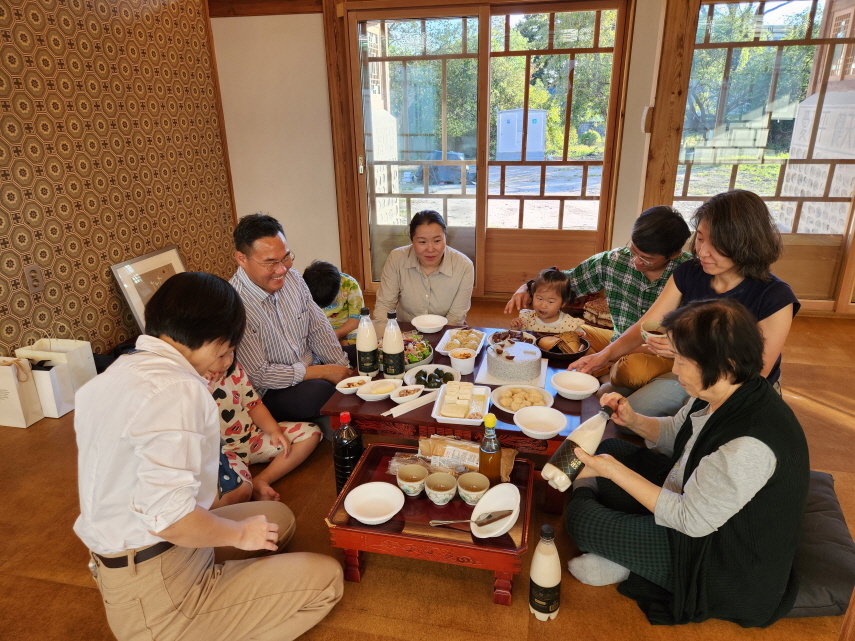
If you listen closely, you can already hear the whispers of the wind through the wooden lattice, calling you home.
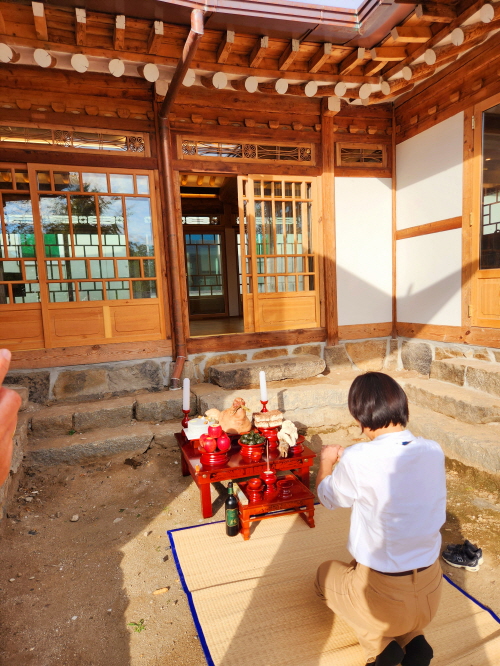
#Manisanbang #HanokLiving #TraditionalKorea #SustainableLiving #HanokArchitecture #KoreanTradition #Manisan #HanokStay #HealingTravel #CulturalHeritage #KoreanAesthetics #MindfulLiving #NatureRetreat #SlowLiving #VisitKorea #KoreaTravel #HiddenGem #HanokExperience #AuthenticKorea #KoreanCulture


